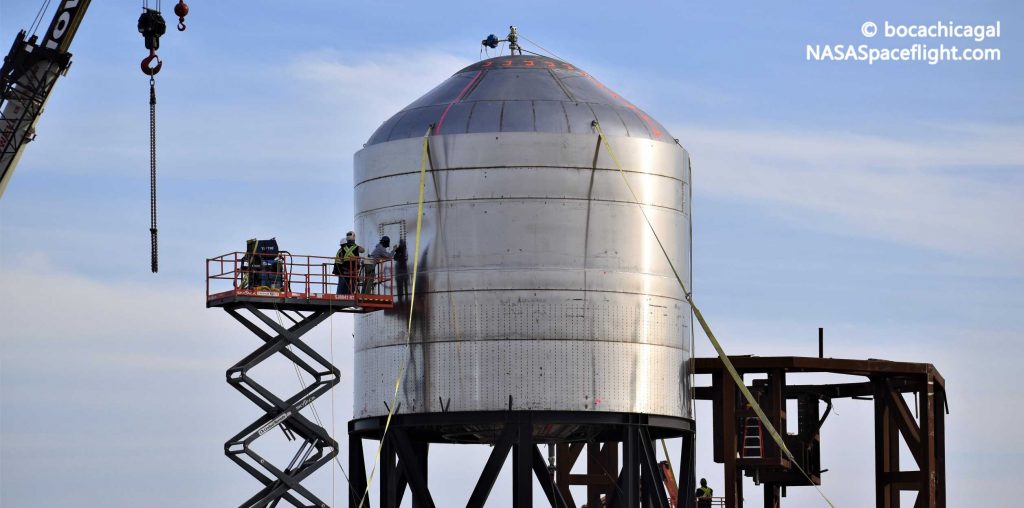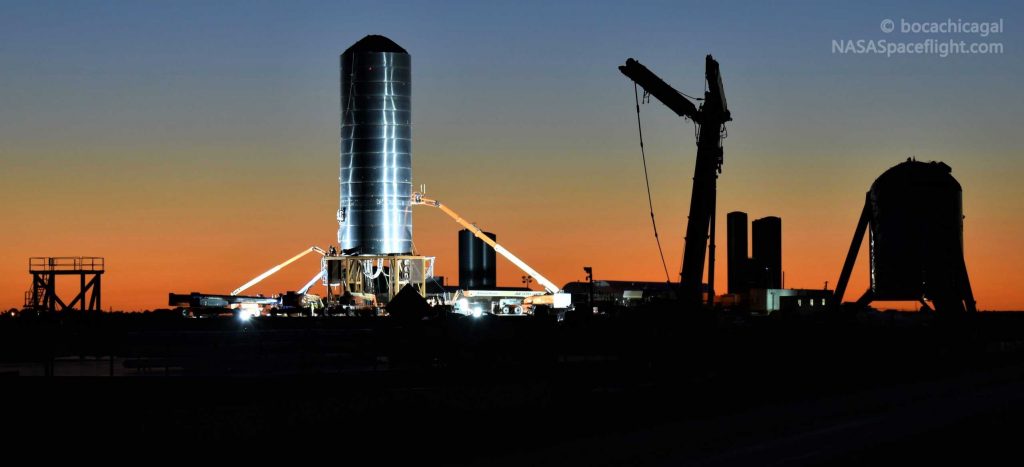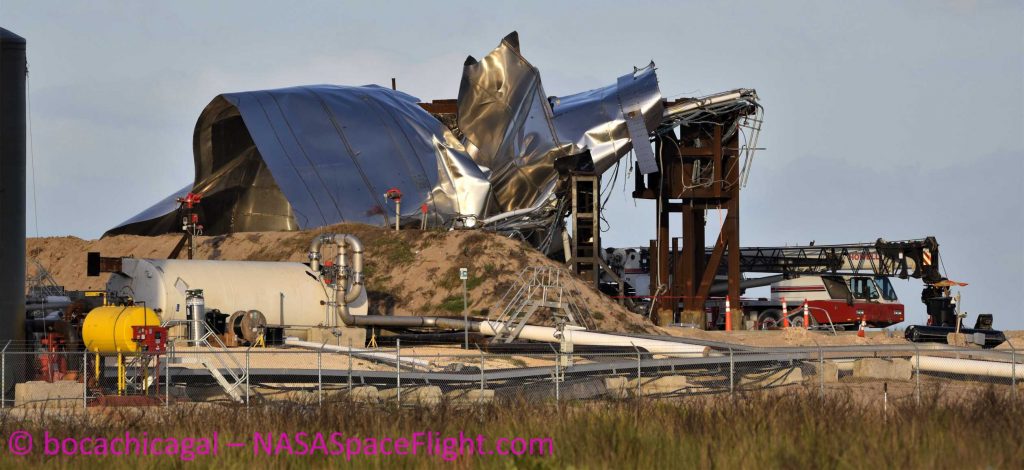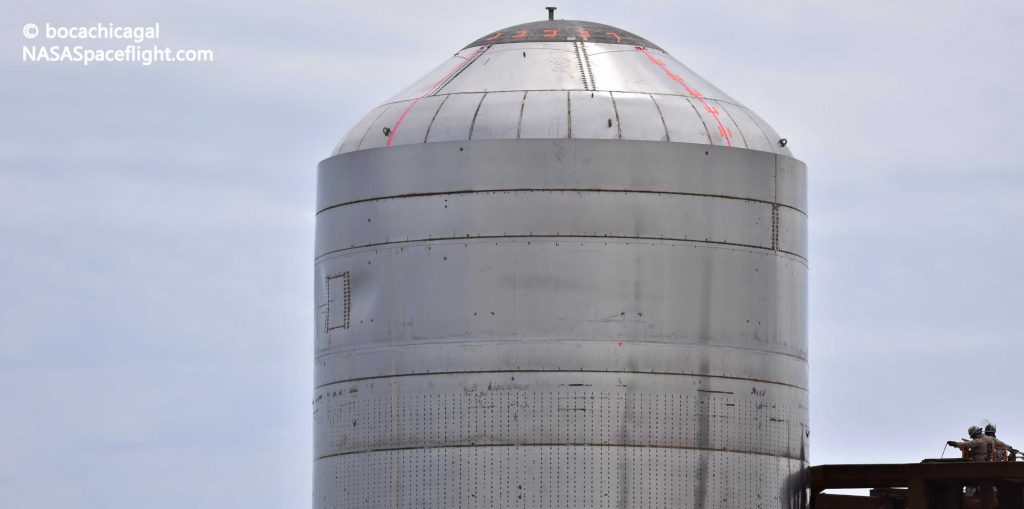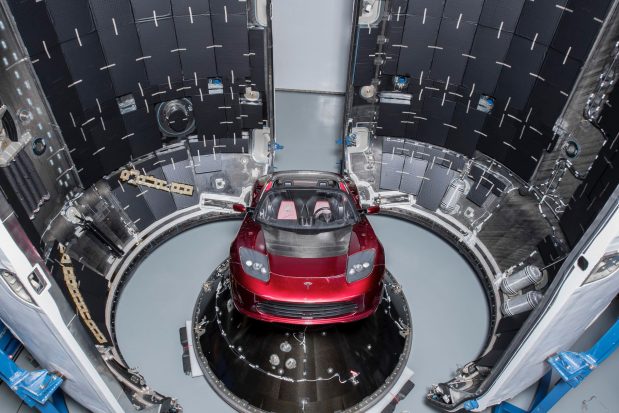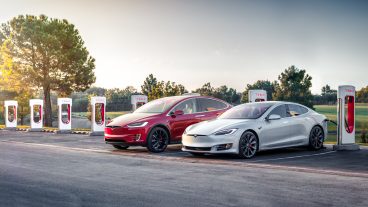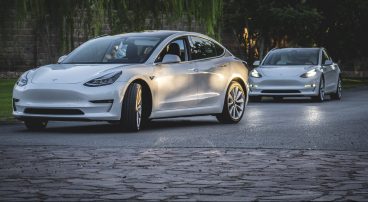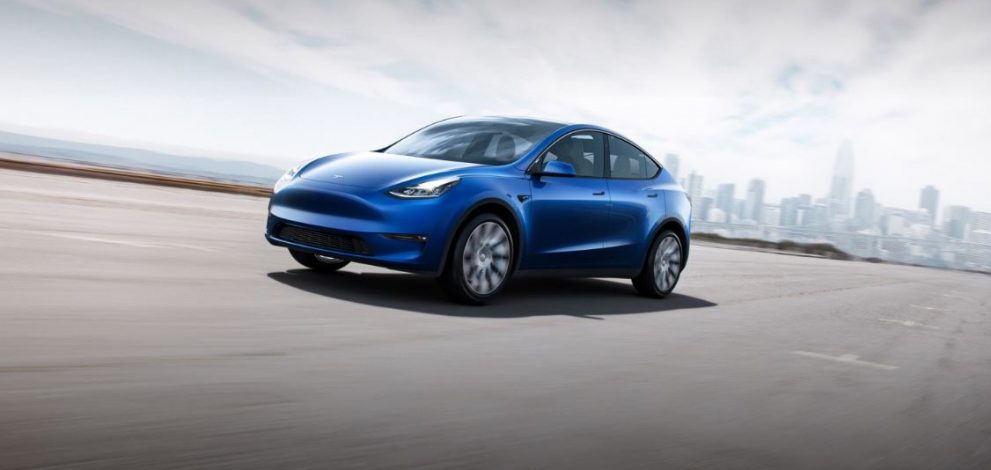One of the most memorable moments in the documentary Revenge of the Electric Car involved then-Jalopnik Editor-in-Chief Ray Wert bluntly dismissing the Tesla Model S as “vaporware.” During the sequence, it was very evident that the idea of Tesla pulling off a vehicle like the Model S seemed to be so farfetched for Wert, that refused to consider the possibility of the car being real.
That scene, in a lot of ways, is symbolic of Tesla’s journey as a whole. For every step that the company took over the years, Tesla has faced countless criticisms and doubt. Yet today, with the company producing its one-millionth electric vehicle, it is becoming more and more evident that critics and naysayers, both to Elon Musk and Tesla as a whole, are steadily losing the narrative. There are now 1 million reasons proving that Tesla is a thriving company, after all, and the number grows by the day.
Elon Musk has stated that starting an electric car company is idiocy squared, mainly due to the sheer amount of work required to thrive in the automotive industry. Couple that with the fact that Musk took over as Tesla’s CEO right in the midst of the US financial crisis, and one could see just how dire the situation was for the electric car maker during its early days. It was dire enough, for one, that its circumstances inspired an actual Tesla Death Watch series from The Truth About Cars, which eventually abandoned the initiative after it became evident that the electric car maker wasn’t going anywhere.
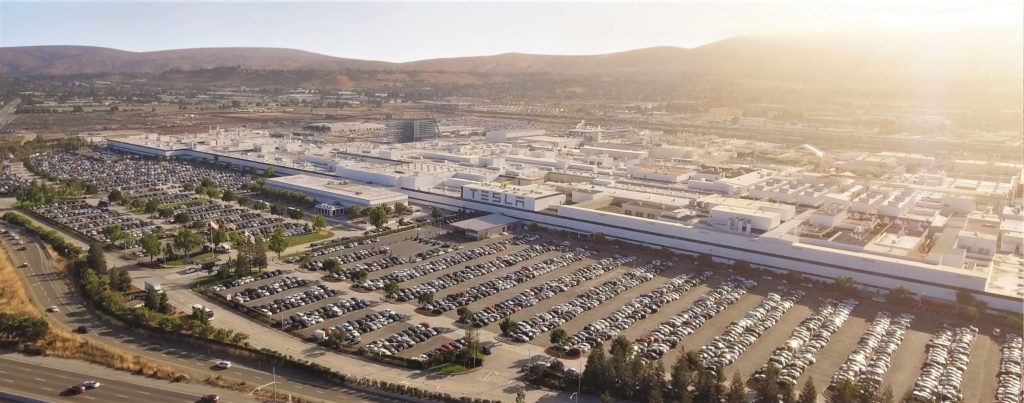
In a way, Tesla attracts a lot of critics because the company and its CEO dreams big without hesitation. With the Model S, Tesla wanted to prove that electric cars could be better than petrol-powered vehicles, period. With the Model 3, the company wanted to show that EVs can be mainstream. These are lofty goals, and they are very difficult to accomplish. It is then no surprise to see why there is so much opposition to the electric car maker. Some of these opposition comes in the form of short-sellers, who are financially incentivized to push TSLA stock down. A look at social media shows a glimpse of just how cruel and tasteless the company’s critics could become.
Yet despite the unwavering ad hominem attacks against Elon Musk, the physical intimidation of company employees testing Autopilot software, and the downright disturbing practice of doxxing Tesla supporters online, the electric car maker has stubbornly refused to stay down. It has fought every day since the days of the original Roadster, and it continues to do so until today, with the production ramp and impending deliveries of the Model Y. And based on the company’s perception, it will likely continue fighting every day for decades to come.
This is one of the reasons why the Tesla story is so compelling. It is difficult to not root for a company that took years to produce its first electric car and is now on track to manufacture about 500,000 vehicles in one year. Tesla, after all, dug deep to produce 20,000 vehicles in 2013, and just last year, the company closed 2019 with just over 410,000 vehicles manufactured. That’s a remarkable growth story, and it doesn’t even include the massive arm that is Tesla Energy, which is now seeing a ramp of its own.
It is not difficult to see why Tesla attracts such passionate support and anger at the same time. The company is different, its mission is ambitious, its CEO is a brazen dreamer, and it does not function like a traditional carmaker. But for Tesla supporters, the company is something that symbolizes something far more. The company represents some degree of optimism, and that is something that is pretty rare these days. Elon Musk and Tesla will likely be polarizing for years to come, but the company has 1 million reasons and counting that prove its naysayers wrong.
Here’s to the next million, and many more to come.

(adsbygoogle = window.adsbygoogle || []).push({});
<!–
–>
var disqus_shortname = «teslarati»;
var disqus_title = «After 1 million misses, Tesla and Elon Musk naysayers are losing the narrative»;
var disqus_url = «https://www.teslarati.com/tesla-elon-musk-naysayers-losing-the-narrative/»;
var disqus_identifier = «teslarati-132878»;

